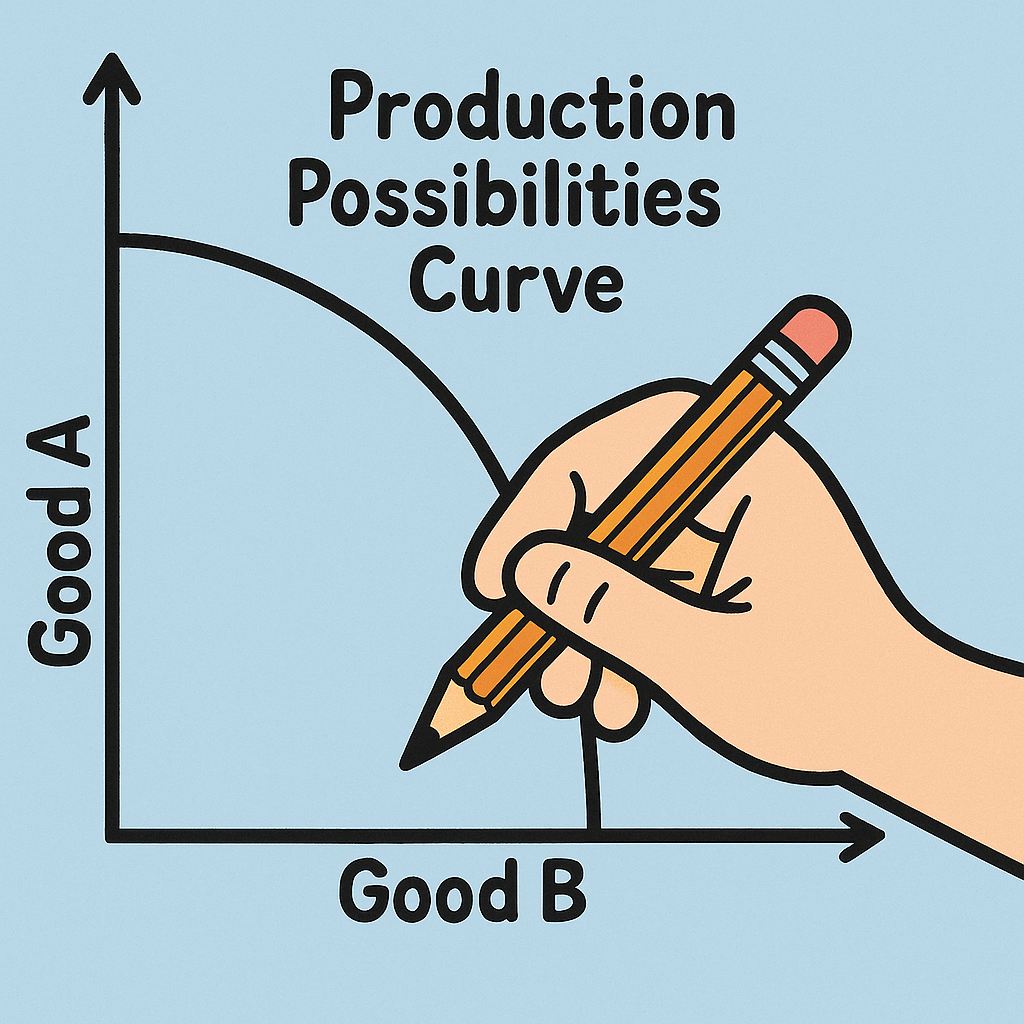
Grades 6-8

Don't have an account yet? Sign up for free
Don't have an account yet? Sign up for free
Students will be able to:

In this economics lesson, students will examine the market responses to two different toys.
Warm-up
Show the YouTube video, Haven excited to shop!. Ask the students if any of them have ever been that excited to get a toy they wanted. Ask the students why they wanted it so badly and ask if they still have it.
Modeling
Explain and/or introduce the laws of supply and demand. The Law of Supply is an economic principle stating that producers will provide more of a good or service at higher prices and less at lower prices. The Law of Demand is an economic principle stating that consumers will purchase less of a good or service at higher prices and more at lower prices.
Explain and/or introduce the economic concepts of equilibrium, shortage, and surplus. Equilibrium is a price at which the quantity demanded by buyers equals the quantity supplied by sellers; also called the market-clearing price. At the equilibrium price every buyer finds a seller and every seller finds a buyer. A surplus is the situation that results when the quantity supplied of a product exceeds the quantity demanded. Generally happens because the price of the product is above the market equilibrium price. A shortage is the situation that arises when the quantity demanded of a product exceeds the quantity supplied. Shortages generally occur when a price is set below the equilibrium price.
Use the Supply and Demand Pt. 1 and Supply and Demand Pt. 2 to review the two concepts with students. When students open the interactive tutorials have them hit the full screen button in order to see them more clearly, it is located on the top right-hand side next to the go to lesson link. It might not be fully in view. To navigate the slides a white arrow will appear in the corner. Have students click on the arrow, as it appears to move on to the next slide.
The tutorial graphical gives examples, which show students in the interaction between quantities supplied and demanded at different prices. It then walks the students through the concepts of equilibrium, surplus and shortage, providing graphical examples for each. Finally, students can use the tutorial to see how increases or decreases in supply/demand are graphed, and their impact on prices and quantities supplied or demanded.
The information presented in the YouTube video clip from Hudsucker Proxy. This video can be used to examine the changes in demand. Students are walked through three different supply and demand schedules and shown graphically how the demand line for Hula Hoops changed from the introduction of the Hula Hoops into the marketplace to the height of their popularity in 1958.
Group Activity
Using their knowledge of the Law of Supply and Demand, and the Hula Hoops Case Study, ask students to view the YouTube video, Haven excited to shop! again individually or show it as a whole class. Ask students:
Have students form groups and read the first New York Times article, How the Fingerling Caught On (Robot Grip and All) as 2017’s Hot Toy. Have them only read until they get to “Walmart Sets the Stage” in the article. Using demand and supply graphs, have them show what would happen to the market for Fingerlings when they became “the” toy. They should show a market with one supply curve and two demand curves, the right-most reflecting the increase in demand.
Ask them what they would expect with respect to the market price for Fingerlings. They should answer that it will increase. Now have them read the rest of the article. Still in groups, have them show on their graphs what happens when Walmart caps the price at $15. They should draw a horizontal line at $15 on their graph, representing a shortage. Ask, if price can’t increase, what happens, which is a shortage. Ask, what are some ways that WowWee can address the shortage? – increase production, ignore the $15 price cap. Ask what are the risks of WowWee allowing the shortage to continue? – People get tired of waiting, grow disinterested in the product if it’s too hard to find.
Have students, still in groups, read the second New York Times article How the Bot Stole Christmas: Toys Like Fingerlings Are Snapped Up and Resold. Ask students what the presence of bot-buying does to the market for Fingerlings? It increases demand even further, and increases the price on the black market. Explain that anytime there is a shortage of something, it opens up the possibility of creating a black market for that product, or knock-off products. Ask if they can think of other examples of shortages leading to black markets or substitute products.
Individual Activity
Have students draw D&S of the thing they thought of that they wanted in the warm-up activity. Show what happened when it got close to the holidays. Did the price go up? Discuss as a class.
Have students think about something they have wanted and the factors that affected the market for it. Have students complete an exit ticket answering the questions below in their journals or on a piece of paper. Students must hand-in their work before the end of the period.
Activity 1
Have students complete the Supply and Demand of Toy Fads worksheet.

Grades 6-8

Grades 9-12

Grades 9-12

Grades K-2, 3-5
